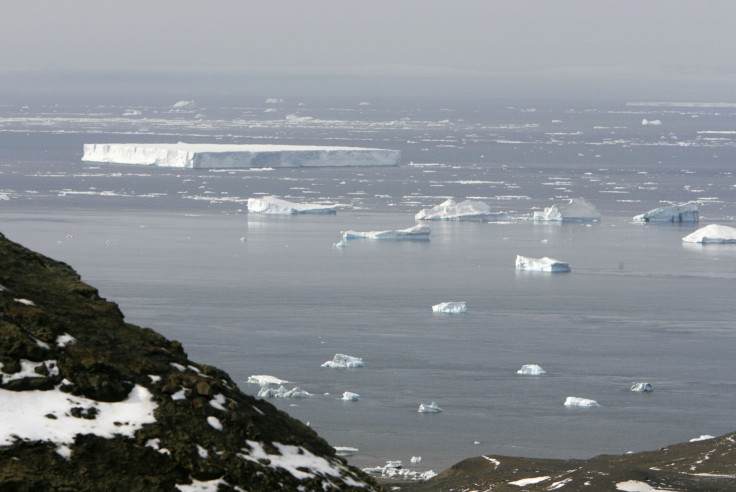Real Life 'The Day After Tomorrow:' Collapse Of Ocean Currents Could Reverse Global Warming Wrath

In a latest study, a team of researchers from the University of Southampton has found that Earth could end up cooling down for a period of the next 20 years if global warming and collapse of the Atlantic meridional overturning circulation (AMOC) takes place simultaneously.
The findings of the study support the catastrophic climate scenario depicted in the 2004 movie “The Day After Tomorrow.” In the film, climate warming caused by the sudden collapse of AMOC leads to a series of destructive events across the United States, including occurrence of tornado in Los Angeles and floods in New York.
The extreme weather changes lead to global cooling and subsequent occurrence of an ice age, turning northern hemisphere into a completely frozen state. The credibility of the scenario depicted in the film was criticized by a number of climate scientists, and the collapse of AMOC as a result of man-made greenhouse was never studied using a detailed climate model.
However, in the latest study, professor Sybren Drijfhout from Ocean and Earth Science at the University of Southampton has found that the Earth will cool instead of warming up for over a period of 20 years, if AMOC collapse and global warming takes place at the same time. Drijfhout concluded the study findings using the German climate model ECHAM.
"The planet earth recovers from the AMOC collapse in about 40 years when global warming continues at present-day rates, but near the eastern boundary of the North Atlantic (including the British Isles) it takes more than a century before temperature is back to normal," said Drijfhout in a press release statement.
Drijfhout believes that natural variations in ocean circulation must have played an important role in counteracting the effects of global warming for a period of 10 years, however, this phase seems to be over now.
The complete details of the study have been published in the journal Scientific Reports.
© Copyright IBTimes 2025. All rights reserved.



















